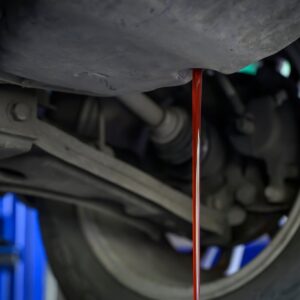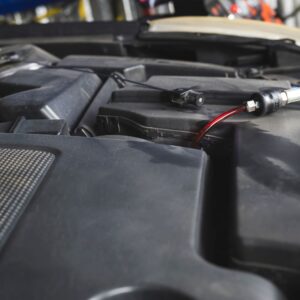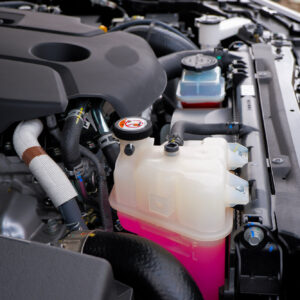The transmission is built to last long, but some issues can cause it to fail prematurely. To get your vehicle back on track, you have three options: replace the transmission with a new one, rebuild it, or get a used one.
Among these three, getting a rebuilt and used transmission are popular choices for drivers looking to save on repairs.
What Goes Into a Transmission Rebuild?
A transmission rebuild essentially means you’re overhauling your entire transmission. It usually involves replacing worn-out parts like the clutch, gaskets, bands, and seals, among others. The rebuilding process also entails cleaning the transmission to remove any buildup.
A mechanic will check fluid level, fluid pressures, shift points and shift feel in each gear, connect a scan tool and observe the datastream while driving, and then decide what needs to be done next. If the mechanic decides to do “exploratory surgery,” the pan might be removed and checked for metal shavings, etc.
If there is wear-indicating material in the transmission oil pan, the transmission will be removed and disassembled, and every part will be carefully inspected. The splines on shafts and in the torque converter will be carefully examined for wear, and usually the torque converter will be replaced, because it’s difficult to see everything inside the converter.
Gaskets, seals, and clutches are standard replacement parts in the “pizza box” kit. Hard parts would include drums, pistons, planetary gearsets, etc.
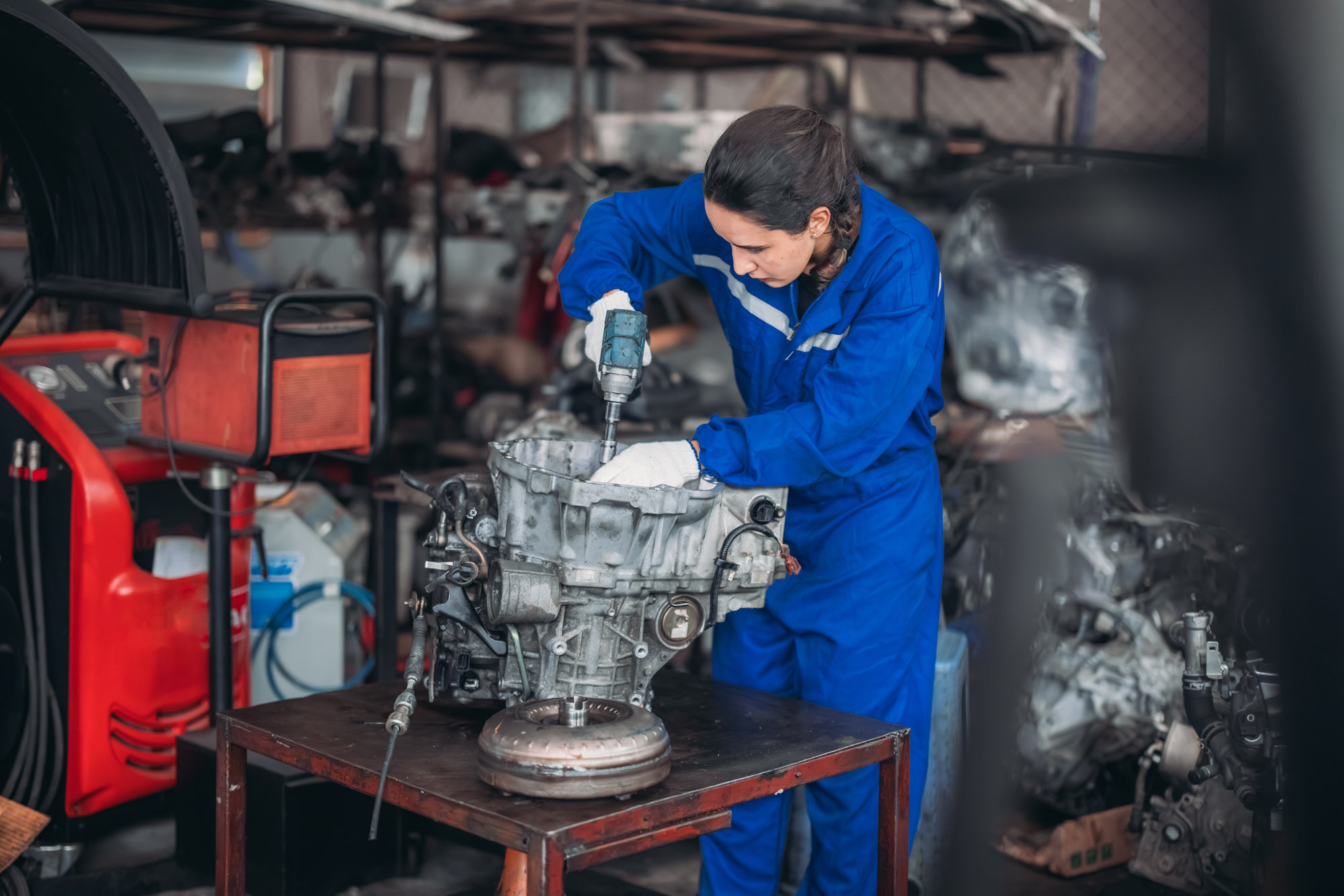
Used Transmission vs. Rebuilt Transmission
It’s no secret that a new transmission can be quite expensive, which is why a lot of car owners tend to look into purchasing a used transmission or rebuilding their current one.
Here are some of the most notable differences between a used and rebuilt transmission.
Cost
When it comes to pricing, a used transmission generally costs less than a rebuilt one. This is mainly because you get the used transmission as is, meaning no other modifications are required.
A rebuilt transmission, on the other hand, undergoes a meticulous process, which includes replacing some parts and cleaning the transmission.
Both require flushing or replacing the transmission cooler and its lines to remove any metal particles that may cause problems in the replacement transmission. Even if a rebuilt transmission is being installed, a new torque converter, pump seal, and transmission filter should be part of the process. While the transmission filter is being replaced on a used transmission, the transmission oil pan can be examined for material that might indicate wear.
Both used and rebuilt transmissions require flushing or replacing the transmission cooler and its lines to remove any metal particles that may cause problems in the replacement transmission. Even if a rebuilt transmission is being installed, a new torque converter, pump seal, and transmission filter should be part of the process. While the transmission filter is being replaced on a used transmission, the transmission oil pan can be examined for material that might indicate wear.
– Richard McCuistian, ASE Certified Master Automobile Technician
You can find a used transmission that costs anywhere between $800 and $1,500. Rebuilt transmissions can cost anywhere from $1,500 to $3,500.
Longevity
With a rebuilt transmission, you can rest assured that it’s been tested and all the parts have been replaced or serviced prior to its reassembly.
A transmission that’s been rebuilt properly can last anywhere between 100,000 and 300,000 miles with proper maintenance.
As for a used transmission, keep in mind that buying one comes with a couple of risks.
First off, you’re getting a transmission with an unknown history. Shops don’t take used transmissions apart except to replace the filter, so you won’t know which parts need replacing or repairing.
Also, it’s hard to determine how the previous owner took care of the used transmission, making it hard for you to follow the correct maintenance schedule.
Installation Timeframe
Installing a used transmission usually has a downtime of one to two days.
A rebuilt transmission, on the other hand, can take up to 10 days before it’s all set for your vehicle (though there are mechanics who can do it in a single day).
Factors that can affect the timeframe include the complexity of the transmission, availability of parts, and the expertise of the mechanic, among others.
Common Transmission Problems
Below are the most common transmission problems that can lead you to replace or rebuild your old one.
Slipping Transmission
A slipping transmission can make you feel like you’re driving without any sort of traction, and this problem can arise even when you have sufficient fluid levels.
A slipping transmission makes it hard for the driver to shift gears and might even cause the vehicle to wobble when shifting into high gear.
Shaking or Shuddering
Shaking or shuddering under high speeds is another common transmission problem. For automatic transmissions, such issues occur when shifting to the next gear.
Meanwhile, manual transmissions can make grinding noises or sensations.
Jerking
A jerking transmission can make it hard for you to accelerate. In most cases, the jerking movement is accompanied by bucking, surging, and stuttering.
Fluid Leaks
Fluid leaks are never a good sign. These can result in oil starvation inside the transmission, causing mechanical parts to grind against each other and wear out fast.
How to Take Care of Your Transmission
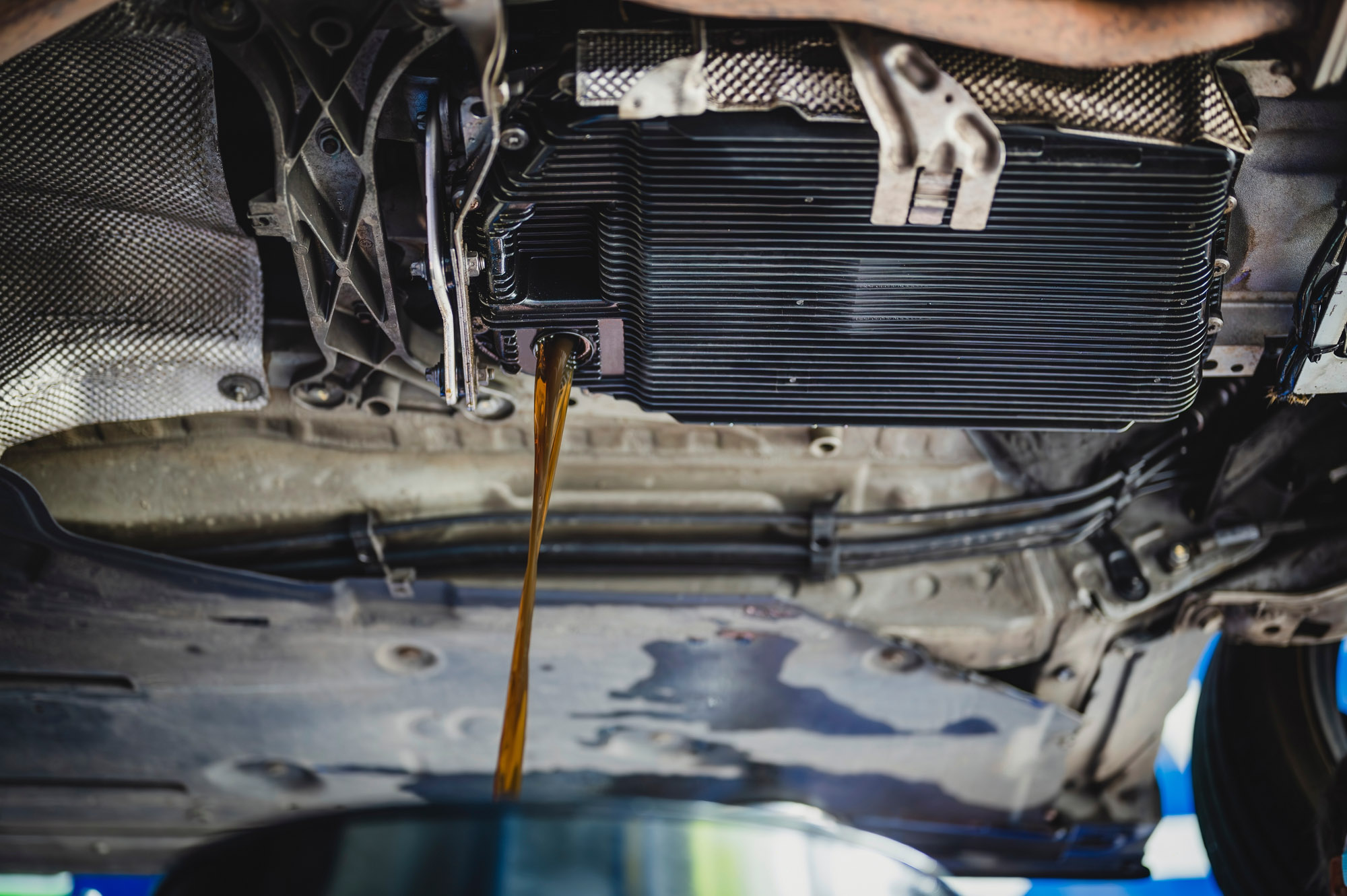
The transmission is one of the most hardworking systems in your vehicle, and paying close attention to its condition is one way to avoid major problems down the road. Here are some tips on how to take care of it.
Always Check the Transmission Fluid
Clean transmission fluid should have a bright color and give off a sweet smell. A muddy appearance is your sign to flush the transmission fluid and top up.
Don’t Change Gears While In Motion
For manual transmissions, it’s normal to switch gears while the vehicle is moving, but it’s a different story when you’re shifting to reverse.
Whether you’re driving an automatic or manual vehicle, always make sure to stop completely before shifting to reverse.
Change the Transmission Filter
The transmission filter can get clogged over time after trapping debris and contaminants. Make sure to install a new transmission filter after flushing the system.
Have a Mechanic Inspect Your Transmission Regularly
Expert technicians have eagle eyes and are capable of spotting issues that the average driver can’t. That’s why it’s always a good idea to have a professional take a look at your transmission every once in a while to ensure that everything is working smoothly.
The Verdict
A rebuilt and used transmission are both cost-effective options when replacing a damaged transmission, but they greatly differ in terms of longevity and cost.
For most experts, installing a used transmission isn’t a long-term solution for a vehicle with transmission issues, mainly because there’s no way of telling what problems it might have unless it’s dismantled.
On the other hand, rebuilding a transmission might cost more than buying a used one, but you’re sure to get a transmission with new parts and one that’s been tested prior to installation.
Get Replacement Transmission System Parts Without Leaving Your Home
If you’re planning to have a nearby mechanic rebuild your vehicle’s transmission, you can ask them what parts they need to make it as good as new. You can’t get on the road with a faulty transmission, after all. When you’re in a rush, it can be a hassle waiting for all the parts to arrive on time. CarParts.com might be your quickest and best solution.
CarParts.com offers fast shipping for all the transmission parts in our vast catalog. Our quality aftermarket products are available at different price points to suit your budget perfectly. Picking what you need and checking out takes only a few quick clicks on our easy-to-navigate website. If you order before 12 pm ET from within the continental US, we’ll deliver your new transmission parts straight to your door in as fast as two business days!
Don’t delay your vehicle’s transmission repairs for too long. Buy a new automatic transmission clutch kit clutch or other transmission parts from CarParts.com.
Any information provided on this Website is for informational purposes only and is not intended to replace consultation with a professional mechanic. The accuracy and timeliness of the information may change from the time of publication.











